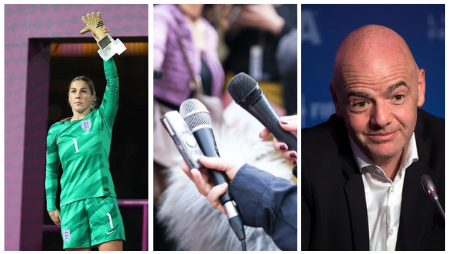
Women’s World Cup 2023: The good, the bad and the stupid
Read an emotive and thought-provoking personal reflection from one of our team about the 2023 Women's World Cup.
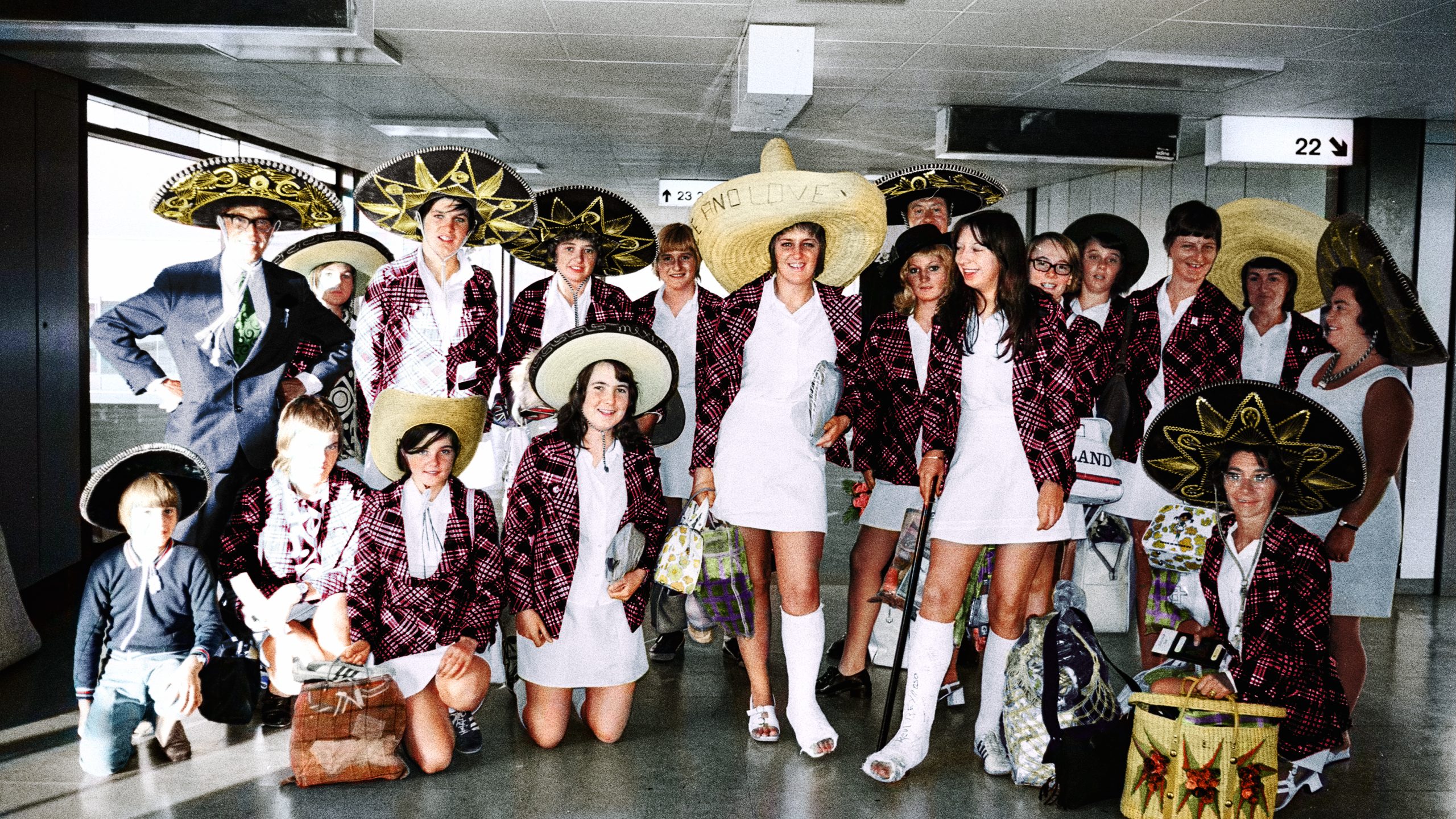
Written by Rachel Williams, Policy and Public Affairs Manager
Published
A question that I, as an employee of Women in Sport and a woman who likes sport, would have confidently told you I knew the answer to 90 minutes ago. Everyone knows the first Women’s World Cup was in 1991, right?
Not true.
The first Women’s World Cup was, in fact, in 1971. More than 110,000 people attended the final, the biggest crowd for a women’s sporting event to date.
How did I not know this? How has an entire chapter of the history of women’s football, of women’s sport, been completely erased?
Well, thankfully it hasn’t. Because Copa 71, released in cinemas on 8th March 2024 – International Women’s Day – is here to tell the story of the tournament and the amazing women who took part. And I’m here to tell you that Copa 71 is brilliant and you should watch it.
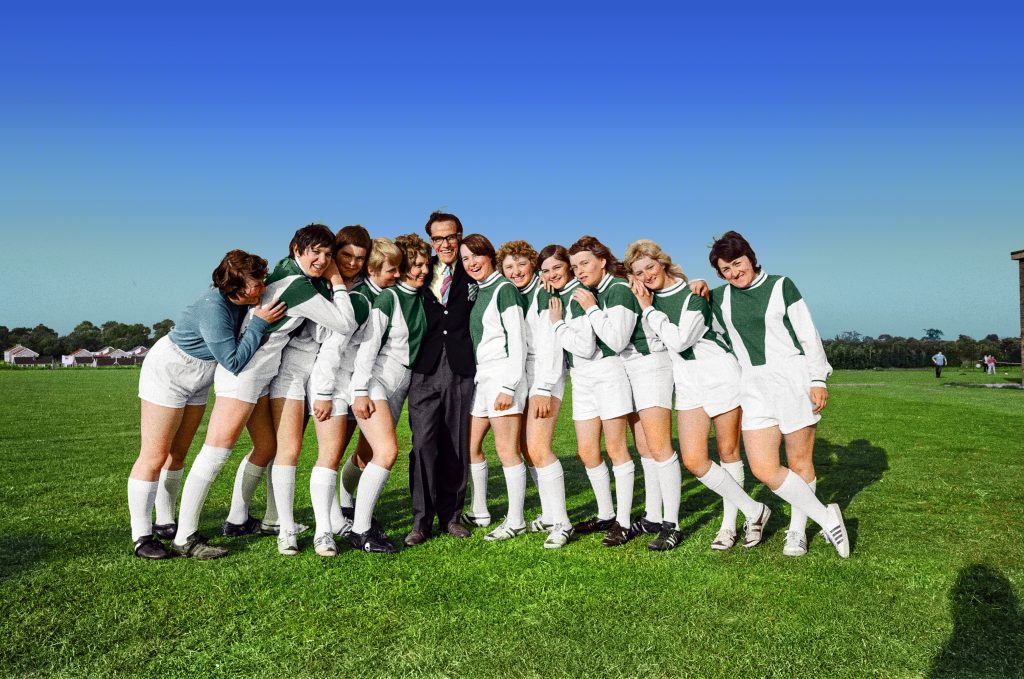
As I’m sure most of you reading this know, women’s football has had a tough time. Which is a polite way of saying women’s football has for so long been treated like sh*t by the male (always male) figures of authority in the game.
I’m sure you know about the FA’s fifty-year ban in England, but Copa 71 sets out, via the film’s only male contributor, the historian David Goldblatt, the way this sexist nonsense was exported.
British doctors’ concerns about the effect that playing football would have on women’s wombs and ovaries (of course it was the wombs and ovaries) were published in well-regarded medical journals and reported internationally.
Women’s football was even criminalised in Italy and Brazil. Criminalised; as in kicking a ball, if you happened to be a woman, was an actual crime.
There’s great newsreel from the time too. When I say ‘great’, I obviously mean absolutely appalling. At the milder end, a British journalist (a man, of course) asking a female footballer “what’s a nice girl like you doing playing football?” and telling headlines about how the FA had been “nagged” to lift the ban on women playing in their stadia. That word, ‘nagged’. The inherent misogyny it betrays. Infuriating.
But the award for worst individual in the film goes, I would argue, to the French journalist (un homme, bien sur) who says this about women’s football: “I think it’s a curiosity, both erotic and comedic”. This is a family-friendly blog, so I’ll let my phone’s autocorrect respond on my behalf: duck that man.
As enraging as this stuff is, and I was lucky enough to be given access to watch the film at home, so while the temptation to start throwing stuff (snacks, shoes, fists) at my TV was extreme, it’s so important we see and hear it because it makes what the women achieve all the more remarkable.
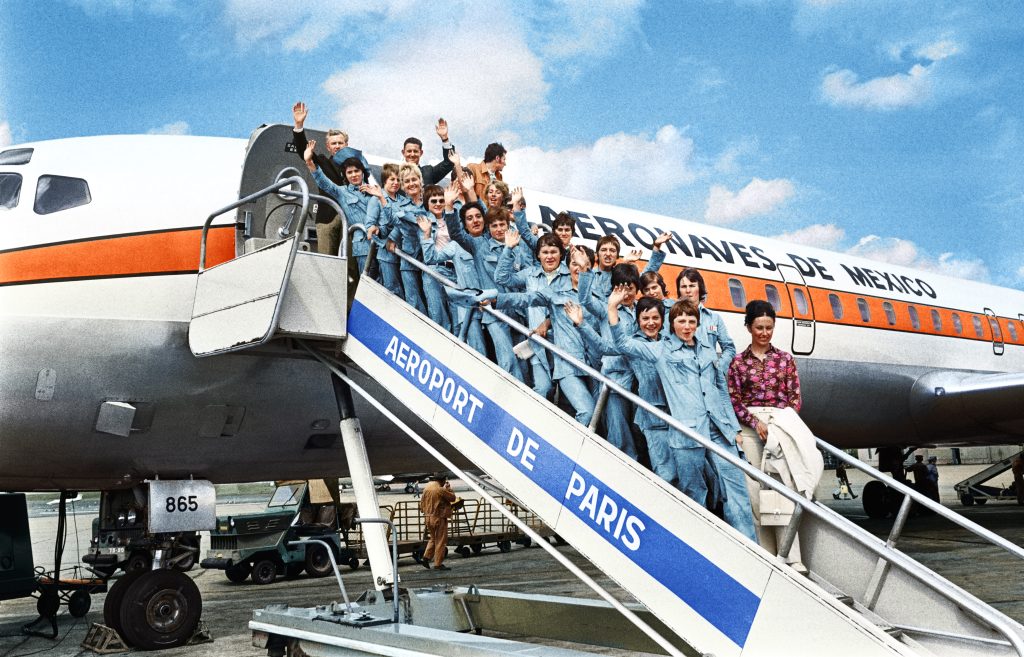
We’ll get to the women in a sec, but first we have to address the tournament itself. Not sanctioned by FIFA – because when is there a story about women’s football in which FIFA is on the right side? Instead, it was set up by some Mexican businessman.
Mexico had just hosted the men’s World Cup, the business case went, so why not exploit the new stadia and the interest in the game? There was no commitment to women’s football, much less women’s rights, in this business case.
Far from it: as said businessmen explained to the press, the tournament was designed to combine men’s two greatest passions, football and women, and, as such, the “uniforms will be as close as possible to hot pants”.
After all, ‘lady footballers’ were mostly “pretty girls” not “muscular monstrosities”. I swear to you, I’m not making those quotes up. They are even worse, even more enraging, in the full context of the film.
In this atmosphere of casual sexism, gratuitous sexualisation and rampant misogyny things could’ve gone horribly wrong.Rachel Williams, Women in Sport
Thanks to FIFA being FIFA and banning the tournament from any of the smaller, regional grounds owned by the Mexican football federation, the organisers were forced to use the two biggest stadia in Mexico (owned by TV companies) for all the games. And as the six invited teams – Denmark, Mexico, Argentina, Italy, France and England – arrived to kick off in this atmosphere of casual sexism, gratuitous sexualisation and rampant misogyny things could’ve gone horribly wrong.
But they didn’t. The crowds were enormous, passionate and very, very clearly not just there to look at pretty girls in hot pants. There were Embassy parties, autograph hunters, interviews and press coverage around the world. That things worked, the film makes clear, is because the women involved were extraordinary.

The film manages to interview a good number of these women and good grief I loved every single one of them. No nonsense England captain, Carol Wilson, who talks so movingly about the first time she encountered women playing football together when she was in the armed forces (and the first person in the film who says something that made me cry, one minute and thirty-four seconds in).
Silvia Zaragoza of Mexico, who loved football as a child but who had to play in secret because if her dad caught her playing, he would beat her. Elena Schiavo of Italy, ranked as the best in the world in 1971, and still clearly an absolute badass. Denmark’s Birte Kjerns and Ann Stengard, whose quietness doesn’t diminish their obvious pride in what they achieved one iota.
And the football they played! Tell you what, show this film to the next man who tells you that women aren’t competitive. The way some of the players talk about their opposition, still, fifty years on, is really quite something. I would be genuinely concerned if any of the Italian and Mexican players were left alone together unsupervised, even now.
It’s amazing to see how much the game meant to the players then and how much it still means to them now.Rachel Williams, Women in Sport
It’s amazing to see how much the game meant to them then and how much it still means to them now. There’s a sisterhood too, though. Amongst the many (many) moments in Copa 71 that made my eyes leak were the story of the Italian team bus rescuing the Danish team who had broken down in the middle of the desert even as they prepared to play each other, and the footage of the guard of honour the Mexican team greeted the English women with as they returned to their hotel having been soundly – spoiler alert – knocked out by that same Mexico team in an extremely physical match just hours before.
The film shows highlights of all the key matches and the glorious final, with its 110,000 plus crowd. The winning team is triumphant and even the teams who didn’t get near the final clearly feel a tipping point has been reached for the sport they love. The happy ending has arrived. Except there are still thirteen minutes of the film left. And we, watching on now, know that these women don’t get a happy ending.
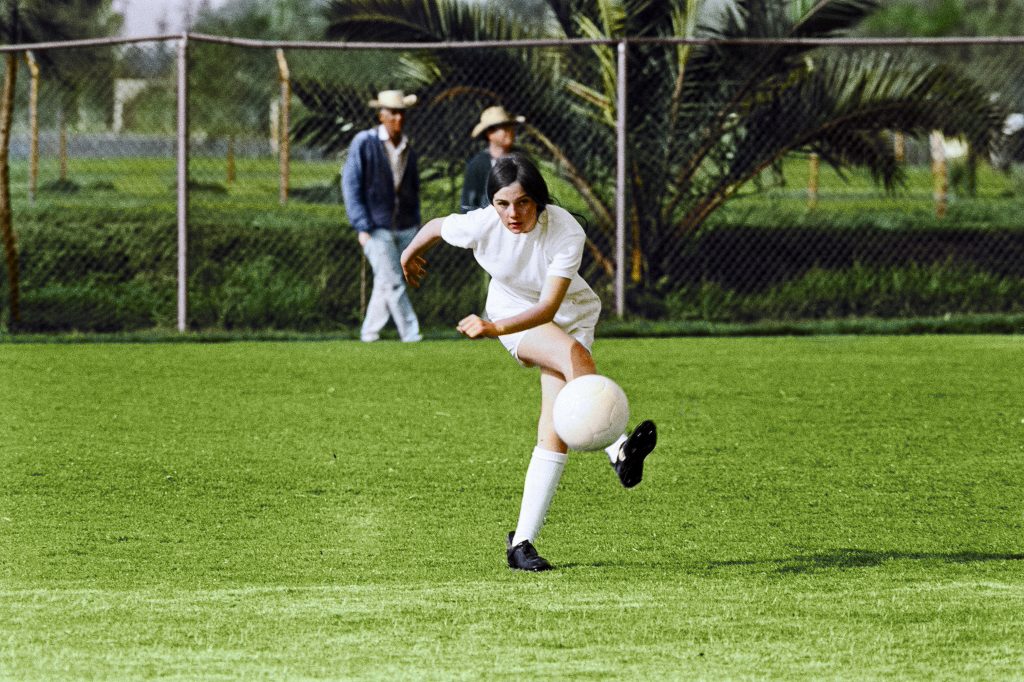
The way the women talk about how they felt as they arrived home is heart-breaking. They talk of being forgotten, abandoned, erased, crushed, shamed and humiliated. The FA goes so far as to ban the English players. The personal humiliation of Carol Wilson is horrific. The way Birte Kjerns and Ann Stengard plaintively ask why things had to happen the way they did is really hard to watch.
Copa 71 ends by giving us something of a happy ending though. It shows Carol and her fellow Lionesses watching the current generation at Wembley. It shows the other women watching their own national teams and others in the 2023 World Cup. And it ultimately ends with Team USA legends Brandy Chastain and Alex Morgan (a shame it’s only American legends, I thought) talking about how the story of the women of ‘71 will never be forgotten again.
These incredible women deserve that of us, at the very least.

Read an emotive and thought-provoking personal reflection from one of our team about the 2023 Women's World Cup.

Women should be able to feel safe exercising in winter after dark. But it's going to take more than putting up some streetlights.